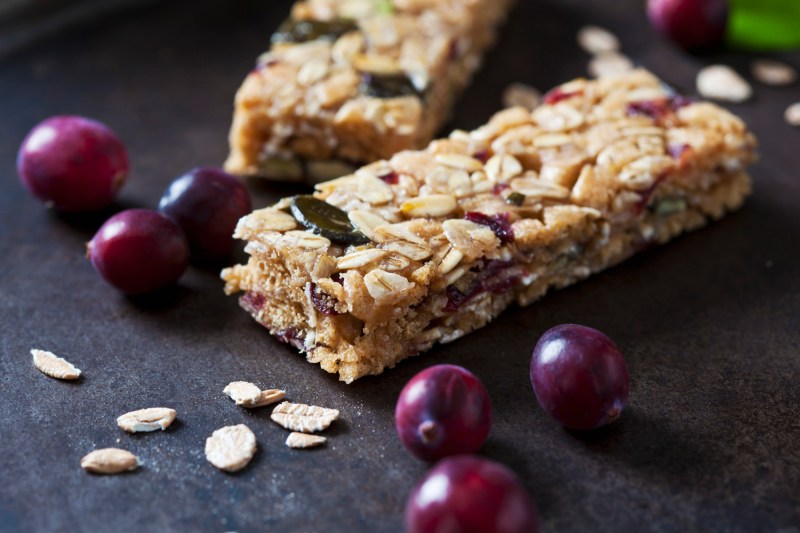Packing a carry-on used to be one of my least favorite parts of traveling. I’d find myself tossing in items I thought I’d need, only to realize halfway through the flight that I’d overpacked or missed something important. And there is nothing worse than realizing you left something vital behind when it’s too late to do anything about it. Over the years, though, I’ve learned a few tricks to make packing a carry-on feel a bit more effortless. In this guide, I’ll walk you through what to pack in a carry-on and pointers to help you prepare for your next trip.
What to pack in a carry-on
1. Essentials you can’t forget

When packing a carry-on, it’s important to consider the basics you’ll need during your flight, at the airport, or upon arrival. These items should be easily accessible and stored in the top compartment or a separate, quick-access pocket.
- Travel documents. Passport, ID, boarding passes, tickets, and travel itinerary should all be kept together in a travel wallet. If you’re traveling internationally, you also need a visa or any other required documents.
- Wallet and money. Along with your credit/debit cards, keep some local currency or foreign cash in case you need it immediately after landing. Consider a travel wallet or pouch to keep your essentials in one place.
- Phone and charger. Your phone is your go-to for communication, entertainment, directions, and boarding passes. Keep your phone and charger in a convenient pocket or a small organizer to ensure easy access.
- Headphones or earbuds. Whether listening to music, watching movies, or blocking out noise, a good pair of headphones or earbuds will make the flight more comfortable.
2. Snacks

I can attest that plane food isn’t always the best, and waiting for it can feel like an eternity. You should pack a few snacks to stay energized and comfortable during your flight. Think granola bars, dried fruit, nuts, crackers, or anything easy to eat without causing a mess.
3. Health and hygiene essentials

Keeping yourself comfortable and fresh is a must, especially on longer flights. Pack hygiene products that will help you feel clean and refreshed during your journey.
- Hand sanitizer and wipes. Airports and planes can be germ hotspots, so keep a small bottle of hand sanitizer and antibacterial wipes in your carry-on. It’s a quick way to clean your hands before eating or after touching surfaces.
- Lip balm and moisturizer. Airplane cabins can be incredibly dry, so keep a hydrating lip balm and face moisturizer with you to stay comfortable during your flight.
- Medication. Don’t forget any necessary prescriptions or over-the-counter medication, especially if you’re flying internationally. Keep them in their original packaging for easy identification if needed.
4. Electronics and entertainment

Most airlines often offer in-flight entertainment, but it’s always a good idea to bring your own entertainment, just in case. Here’s what you might want to help you pass the time:
- Tablet or e-reader. Bring a tablet or an e-reader with your favorite books, magazines, or movies pre-downloaded.
- Portable power bank. With so many electronics to keep charged, a portable power bank is a lifesaver. Make sure it complies with airline regulations (generally under 100Wh for carry-on, according to the TSA).
5. Clothing and accessories

When it comes to clothing, you don’t want to overpack, but you do want to be prepared for comfort and changes in temperature.
- Extra layer. Airplanes can get cold, so pack a lightweight sweater or jacket in your carry-on. A big scarf is a great option as it doubles as a blanket if needed.
- Spare underwear and socks. For long flights, having a fresh pair of underwear and socks is always a good idea. You never know if you’ll need to change after a layover or if your luggage gets delayed.
- Comfortable shoes. Opt for shoes that are easy to slip on and off, especially during security checks. Compression socks can also help with circulation on long-haul flights.
6. Toiletries

Although you can’t bring full-sized toiletries, you can bring essentials to help you freshen up during your flight.
- Toiletries bag. Store your toiletries in a clear, resealable bag (usually no more than 100 ml per item) to meet TSA regulations. Include travel-sized toothpaste, deodorant, toothbrush, face wash, and any other items you might need.
- Tissues. A small pack of tissues can come in handy for various reasons, whether to wipe away spills, freshen up, or as an emergency napkin.
According to the TSA, liquids, gels, and aerosols packed in carry-on must follow the 3-1-1 rule:
- 3.4 ounces or less per container
- 1-quart size, clear, plastic, zip-top bag
- 1 bag per passenger
7. Travel comfort items

Don’t overlook a few personal items to help you relax and rest when considering what to pack in your carry-on.
- Neck pillow. If you’re taking a long flight, a neck pillow can be very helpful when it comes to getting some rest.
- Eye mask and earplugs. Block out the light and noise to catch a few zzz’s, especially on long-haul flights. It’s also useful for red-eye flights when you need a little extra shut-eye.
8. Organizational tools

Keeping your carry-on organized can help you find what you need quickly and avoid wasting time rummaging through your bag.
- Packing cubes or pouches. Use small packing cubes to separate items like clothes, toiletries, and electronics. This can save you time when getting to your belongings during the flight.
- Zippered pockets. Use zippered pockets for smaller, important items like your passport, keys, or phone. Keeping them together can be a lifesaver and help prevent you from scrambling at security or when you need them most.




